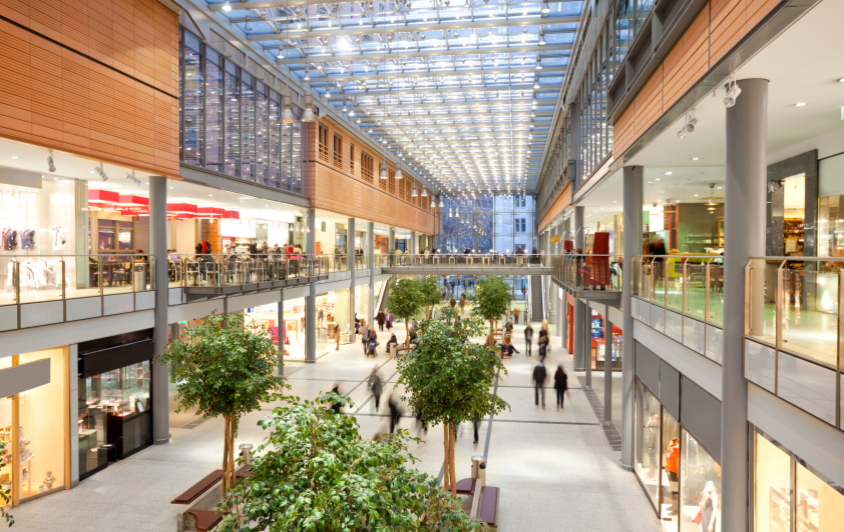We are living in a very uncertain time. The impact of COVID-19 is still being felt across the world, and every day there seems to be a new set of rules and uncertain predictions for the future. Most of us are craving a return or some sense of “normality”, while, of course, taking all measures necessary to ensure our continued safety.
Referral programs are a great way for shopping mall owners to encourage people to return to their centres. For those who are still worried about returning to stores, a referral from a friend who has made a recent visit and can attest to the safety procedures is very powerful – Customers acquired through referral spend 200% more than non-referred customers
In an era of constantly rising customer acquisition, referral programs are a fast and profitable way for retail destinations to grow sales from existing customers. According to Hubspot, 71% of customers are more likely to make a purchase based on a referral, and referring a friend to a shopping centre is proven to also boost the existing member’s engagement levels.
It is well known that your best advocates are your happy customers. In fact, customers are 70% more likely to share their favourite stores with their friends. Rewarding this behaviour as part of your loyalty program is a great investment which yields significant rewards. The best referrals are flexible to meet the specific needs of your customers and is personalised based on the data you have collected on your current members and target audience.
It is essential that a referral program is simple for both referrer and referee, with clear benefits to incentivise the parties to take part. The easiest and most popular referral programs involve a code being sent to existing members to pass to their friends, which the friend uses when they sign up. Flexible programs allow for either the referrer or the referee, (or both!) to be rewarded, and these rewards can be given either when the new member signs up, or on their first transaction (again or both!). Some referral programs allow people to use their referral code multiple times to encourage members to bring many friends to their program, some are limited to one or two referrals.
Which of these rules is most appropriate depends on the shopping centre, the loyalty program in question, and the judgement of the marketers setting up the program. Although referral marketing involves sourcing rewards for new and existing members, its Customer Acquisition Cost is known to be significantly lower than other marketing channels, as you are using your loyal customers to spread the word for you.
One way to guarantee that no loss can be made by a referral scheme is to only give rewards on a transaction which is above a certain spend threshold – a sum that is worth more to the centre than the cost of the rewards to be given away. While this ensures a return on any investment that is made into the scheme, it may undermine the feeling you want to encourage in both the new and existing member – that they are getting something special and with real value if they both do their part.
The success of referral programs can be tracked by how many people sign up using a referral code. More sophisticated analytics should also be done to measure the overall impact of the referral – separating members who were referred from the rest of your database to determine whether these members do, as stats above suggest, spend more than your non-referred members.
If this is the case, savvy marketers will increase their investment in referral schemes with added promotion and larger sign up rewards as the data proven ROI justifies the spend. Existing members who have made referrals should also be tracked – these are likely to be your most loyal customers who should be continuously nurtured to maintain their happiness and keep sending more like-minded people your way!






